- Car
- Alfa Romeo
- Alfa Romeo Junior Zagato (5 offers)
Alfa Romeo Junior Zagato Classic Cars for Sale
The Alfa Romeo Junior Zagato stands out for its rare wedge-shaped design by Zagato, lightweight construction with alloy elements, and focused sport driving experience. Manufactured between 1969 and 1975 in extremely limited numbers, it merges the chassis of the Spider and mechanicals of the Giulia, becoming a distinct option for those seeking Italian style and exclusivity. Discover the complete story and technical evolution of this pure driver’s coupé below.
Search results
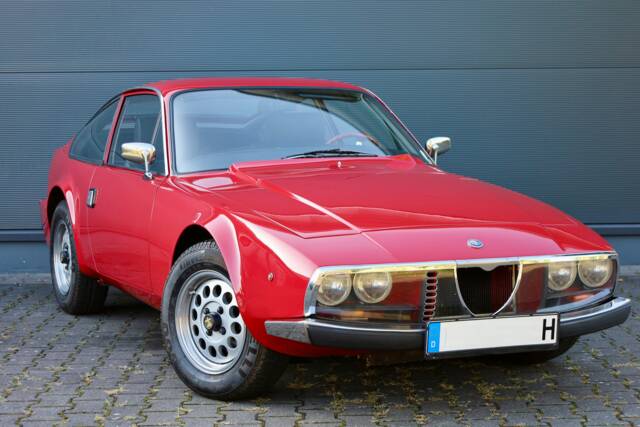
1974 | Alfa Romeo Junior Zagato GT 1600
*2.0L Motor*Restauriert*
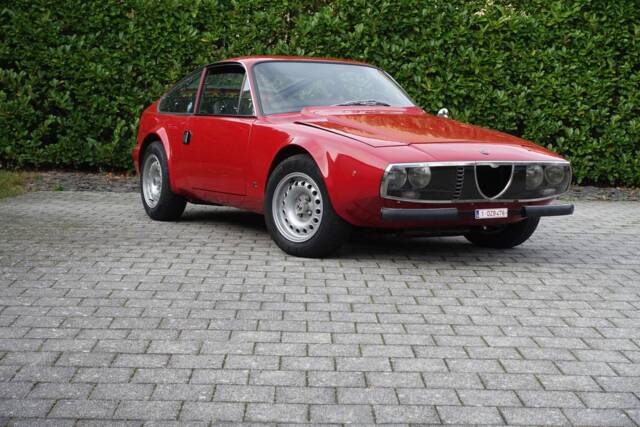
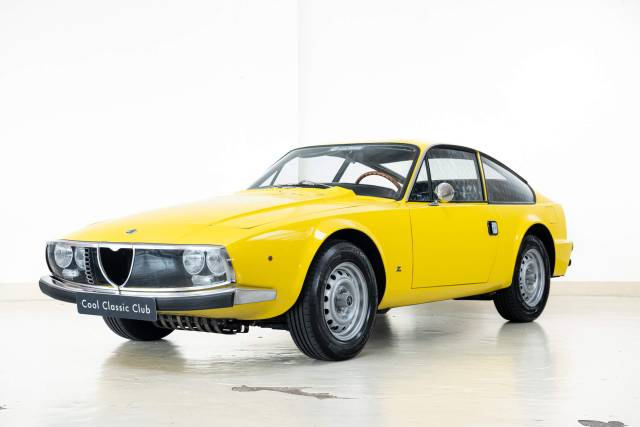
1973 | Alfa Romeo Junior Zagato GT 1600
- Signed by Ercole Spada - 21 Year Ownership -
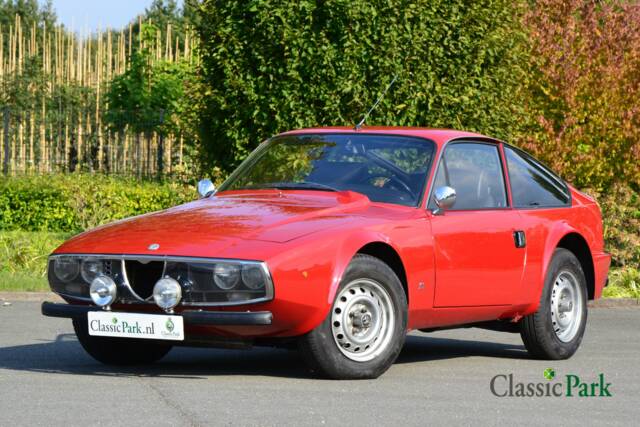
1970 | Alfa Romeo Junior Zagato GT 1300
Alfa Romeo 1300 Junior Zagato
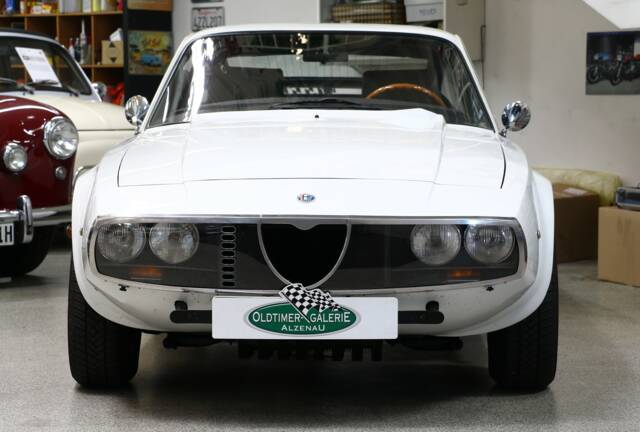
1973 | Alfa Romeo Junior Zagato GT 1600
One-owner-car!
Alfa Romeo Junior Zagato listing references from Classic Trader
Below you will find listings related to your search that are no longer available on Classic Trader. Use this information to gain insight into availability, value trends, and current pricing for a "Alfa Romeo Junior Zagato" to make a more informed purchasing decision.
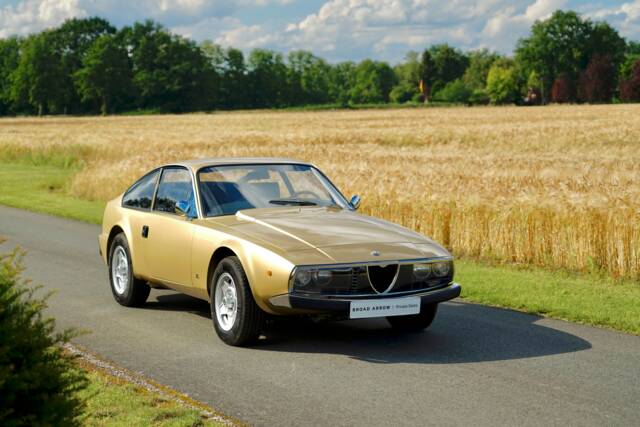
1973 | Alfa Romeo Junior Zagato GT 1600
Fully Restored

1972 | Alfa Romeo Junior Zagato GT 1300
ALFA ROMEO Junior ZAGATO 1972 1.3 MANUALE
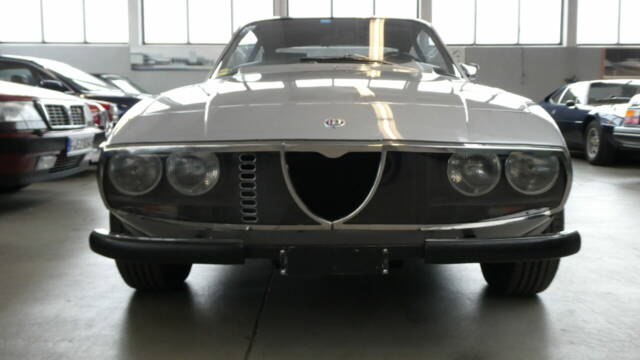
1970 | Alfa Romeo Junior Zagato GT 1300
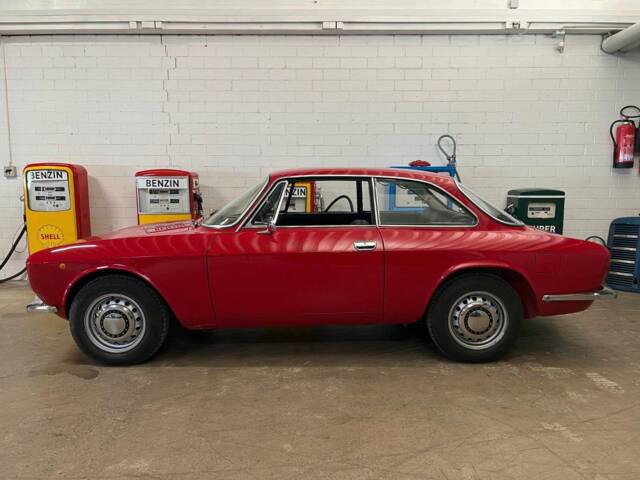
1971 | Alfa Romeo Junior Zagato GT 1300
Alfa Romeo GT 1300 Junior

1972 | Alfa Romeo Junior Zagato GT 1300
einer der Besten
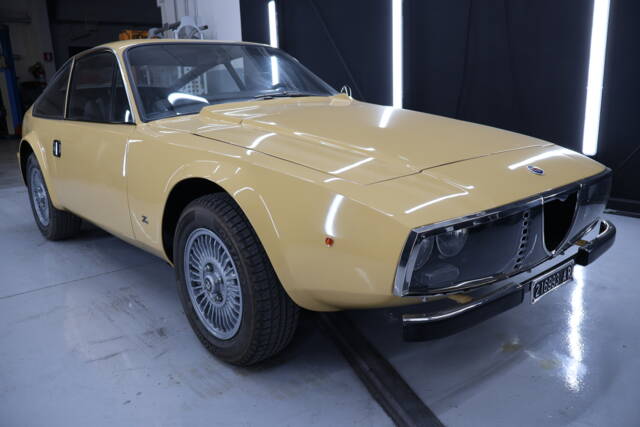
1972 | Alfa Romeo Junior Zagato GT 1300
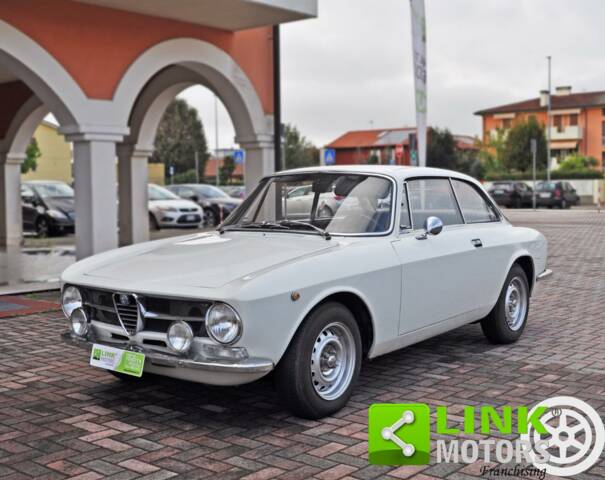
1972 | Alfa Romeo Junior Zagato GT 1300
ALFA ROMEO GT 1300 JUNIOR 1972
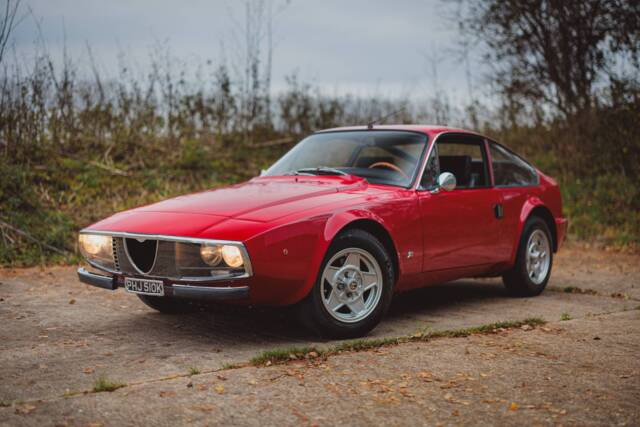
1971 | Alfa Romeo Junior Zagato GT 1300
Rare - Lightweight Zagato Body - upgraded Nord engine

1973 | Alfa Romeo Junior Zagato GT 1600
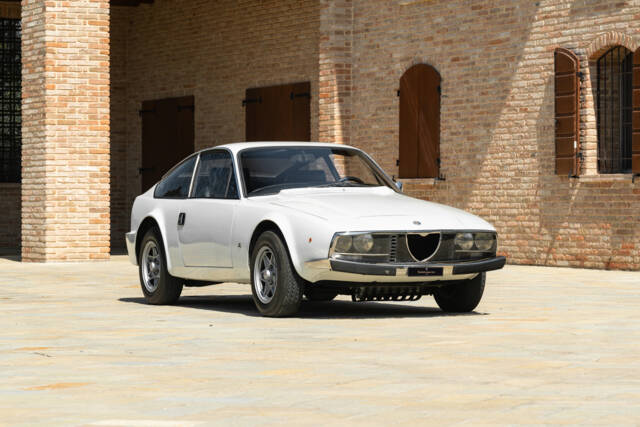
1973 | Alfa Romeo Junior Zagato GT 1600
Introduction and History of the Alfa Romeo Junior Zagato
The Alfa Romeo Junior Zagato represents a radical design shift in Alfa’s 105/115 coupé family. Unveiled at the 1969 Turin Motor Show, this was not just another Giulia derivative, but a true partnership with Milanese coachbuilder Zagato, under the pen of Ercole Spada. Alfa Romeo supplied technical underpinnings and mechanicals, while Zagato took care of body design, assembly, and finishing. The result is not only visually unique amongst Alfa Romeos of the era but was conceived with a relentless focus on aerodynamics and functional minimalism. During a brief production window from 1969 to 1975, just 1510 cars left the Zagato works, split between two major variants. Each detail, from the flush Plexiglas headlamp covers to the oversized fastback glass, underlines a purposeful design away from decorative trends of the late 1960s. The Junior Zagato invites inspection not just as a rare Alfa, but as an exercise in Italian industrial artistry.
Model History
Conceived as a successor to the Giulietta Sprint, the Junior Zagato became the niche, driver-focused sibling of Alfa’s celebrated coupés. Initially unveiled as the 1300 Junior Z in 1969, the car was essentially a marriage of the mechanicals from the Spider 1300 Junior and a custom chassis, shortened for tighter proportions and improved dynamics. By the end of 1972, the evolution to the 1600 Junior Z brought a bigger engine and extended rear bodywork—changes mirroring Alfa’s move towards more power and refinement. The 1300 cc variant saw production numbers of roughly 1108 examples, while the more potent 1600 reached just 402 units before production ceased in 1975. With total output never reaching Alfa’s estimates, the Junior Zagato remained a genuinely exclusive offering. Both versions are defined by their distinct execution: exquisite steel construction, alloy panels on early cars, and unmistakable "Kammback" styling that would later influence other manufacturers.
Highlights of the Alfa Romeo Junior Zagato
Few classic coupés match the Zagato’s blend of functional design and engineering purity. Notable highlights include: a wedge-shaped body with significant use of aluminium for reduced weight, ultra-clear sightlines from an expansive fastback window, deep bucket seats set low for a sporting position, and a cockpit dominated by oversized round instrumentation. There’s minimal chrome, with most cars finished in factory colours such as Giallo Zagato, Giallo Oro and Grigio Metallizzato. The 1600 variant also gained the more powerful twin-cam engine and added practicality via an extended boot and improved rear suspension geometry. Both models feature a five-speed manual transmission, rear-wheel drive, and brakes shared with Alfa’s sportier sedans. The 105.93 manufacturer code accounts for just over 66% of Junior Zagato supply, with the 115.24 at 33%. Correspondingly, demand follows a similar split, with the 1300 drawing the majority of attention among prospective buyers. This limited market presence, combined with the car’s specialised concept, reinforces its position as an exclusive proposition in both historic and practical terms.
Technical Data
Special Editions and Collectible Models
There were no special editions in the traditional sense, but each iteration of the Junior Zagato—1300 and 1600—carries unique visual and mechanical cues of interest to collectors. The 1600 Junior Z, with its longer tail, relocated fuel filler, larger taillights (from the Alfa 2000 Berlina), heavier front bumper, and wood steering wheel, stands out as the rarer variant. Early 1300s with lightweight alloy panels are particularly sought for their purity and weight-saving construction. Factory paint finishes like "Giallo Zagato" became almost emblematic of the model’s visual identity.
Weak Spots and Common Issues
Typical for handcrafted Italian classics of the period, the Junior Zagato may be vulnerable to corrosion, especially in sills, wheel arches, and lower door skins—rust is accelerated by design details and often poor original paint quality. Early assembly inconsistencies at Zagato and varying supplier quality mean gaps or finish flaws may be present, especially with panel fit and seals. Mechanical components are robust due to shared Giulia/Spider parts, but interior plastics and seat upholstery can show age or UV damage. Rear seat usability is extremely limited—effectively a luggage shelf. As many cars were shipped abroad after initial delivery in Italy, always check documentation and verify all body numbers and trim fitments for authenticity. Spare body panels are rare, but mechanicals cross-reference widely within the Alfa 105/115 family.
Engine and Performance, Transmission and Handling
The Junior Zagato’s power comes from the twin-cam Alfa inline-four—either 1,290 cc (approx. 88–89 PS) or 1,570 cc (approx. 108–109 PS)—coupled to a five-speed manual gearbox and rear-wheel drive. The short wheelbase and light structure deliver precise, agile handling, making the car exceptionally rewarding on twisting roads. The car’s low weight (under 1,000 kg), advanced suspension for its time, and neutral balance result in playful but confidence-inspiring road manners. The extended 1600 variant offers slightly higher top speed and torque, but both versions maintain focus on direct feedback and analogue driving enjoyment. Period tests noted the high torsional rigidity and progressive brakes (with discs all round). Noise insulation is minimal and the driving experience is raw and focused—values highly prized by connoisseurs. Popular examples include:
- 1300 Junior Z (105.93): Noted for pure, lightweight feel, nimble responses, max speed approx. 180 km/h.
- 1600 Junior Z (115.24): Scarcer, with more power (up to 190 km/h), subtle body changes, and improved cruising ability. - 1300 Junior Z (105.93): 1,290 cc, up to 89 PS, ca. 1,108 built, up to 180 km/h.
- 1600 Junior Z (115.24): 1,570 cc, up to 109 PS, only 402 built, up to 190 km/h.
Interior, Comfort, Exterior and Design
Every element in the Junior Zagato cockpit follows Zagato’s philosophy: clarity, efficiency, and sport-driven ergonomics. The dash is clean and flat, with dominant speedometer and tachometer ahead of the driver, while additional secondary gauges are grouped in the centre. Early seats feature deep bolstering with integrated headrests and durable vinyl trim, while late 1600s get a wood-rimmed wheel and distinctively patterned upholstery. The huge rear hatch opens for generous luggage space, and the glass area, particularly at the fastback, offers unmatched rear visibility for its era. Externally, the Junior Zagato omits chrome, limits ornamentation, and emphasises the wedge using taut, smooth bodywork. The Kammback tail both defines the silhouette and aids high-speed stability. Factory options included different wheel designs and exclusive paint finishes—standouts being Giallo Zagato and Grigio Metallizzato.
Other Relevant Features
Many surviving Junior Zagatos retain original documentation, rare factory accessories, and service books—these add to historical completeness. The broader parts network of the 105/115 series ensures decent mechanical support, but original trim and glass are scarce. Several cars have been featured in Alfa Romeo and Zagato specialist literature and have dedicated clubs and forums supporting restoration and provenance tracking.
Summary
The Alfa Romeo Junior Zagato plays a unique role amongst classic Alfa Romeos—a design and engineering statement by Zagato, produced in strictly limited numbers and never equaled in exclusivity or purity of concept. For those chasing Italian flair, rarity, and a true Zagato experience, the Junior Zagato offers a blend of advanced period technology, direct handling, and audacious styling. Mechanical commonality with other Alfa 105 models helps with maintenance, but original, unrestored examples and parts are in ever-decreasing supply. The small number built and enduring technical sophistication have secured the Junior Zagato’s status as one of Italy’s most distinctive classic sports coupés.




